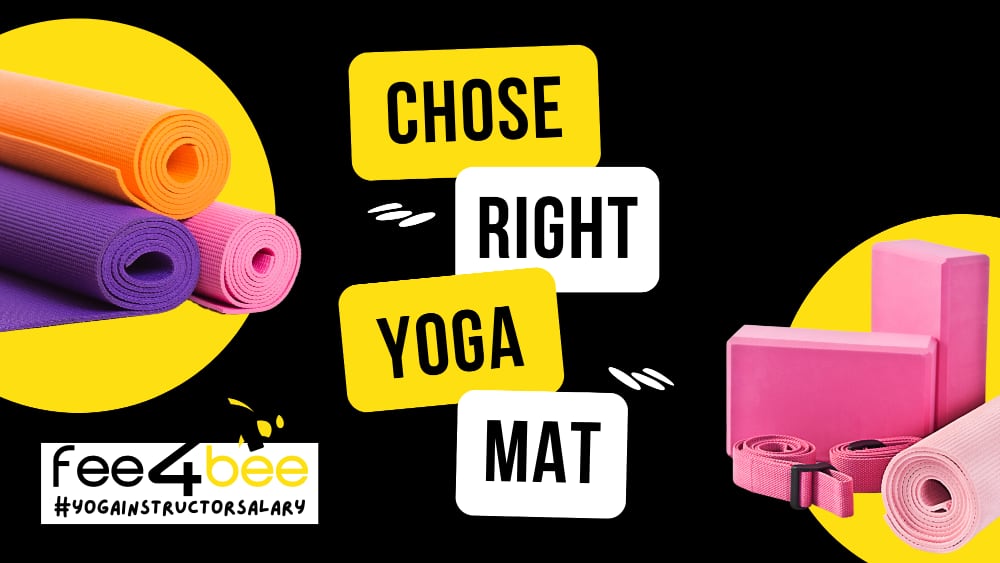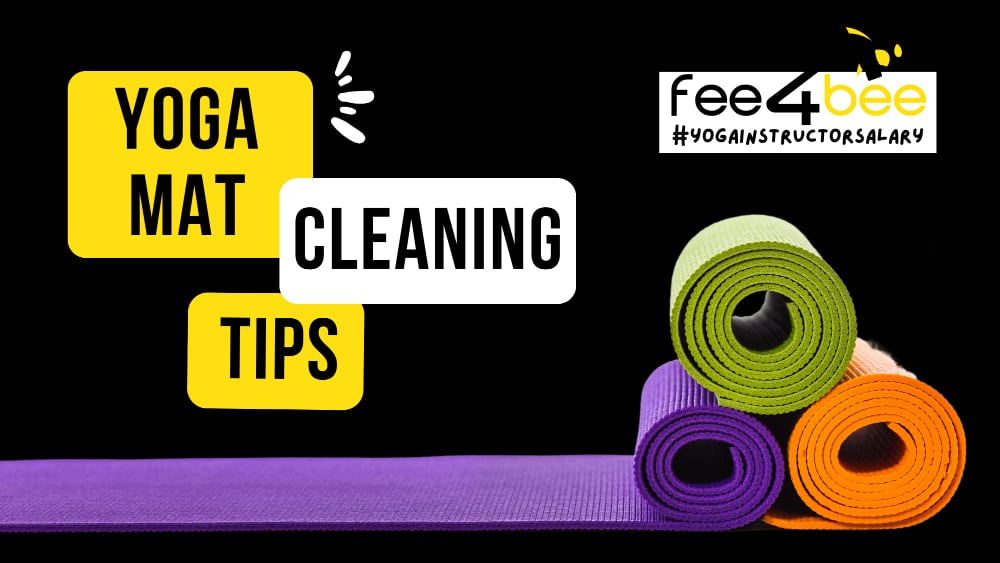- Winter Tasks
- Cleaning Services
- Moving Services
- Handyman
- Furniture Assembly
- Shopping and Delivery
- Office Services
- Commercial Cleaning
- Commercial Handyman
- Commercial Painting
- Conference Room Setup
- Office Housekeeping
- Office Movers
- Office Snack Delivery
- Office Supply Delivery
- Office Furniture Assembly
- Ergonomic Office Setup
- Office Setup & Organization
- Data Entry
- Proofreading services
- Office Administration
- Office Interior Design
- Business services
- Assembling IKEA furniture
- Assembling an IKEA kitchen
- IKEA dressing room assembly
- Assembling IKEA cabinets
- IKEA bathroom furniture assembly
- Assembling IKEA beds
- Assembling IKEA tables
- Assembly of IKEA seats
- Assembling IKEA sofas
- Assembling dressers IKEA
- Assembling IKEA racks
- Assembling IKEA pedestals
- Assembling children's furniture IKEA
- Assembling IKEA chairs
- Assembling other IKEA furniture
- Coaching
- Beauty and health services
- Domestic services
- Construction works
- Finishing work
- Services for animals
How to take care of a yoga mat? Tips on cleaning and maintaining a yoga mat
Yoga is the type of activity that does not require a lot of equipment (at the first glance). All you need to get started is the right yoga clothing and a mat. These should be your most important investments, as they will provide comfort and safety to practice on. Even though yoga mats might seem to be a simple item, proper care and maintenance are important in order to ensure your safety while practicing and make them last longer. In this article, we’ll discuss the different kinds of yoga mats available, how to care for your yoga mat and keep it in tip-top shape.
What to wear to yoga?

One of the important pieces of yoga equipment is the clothing you choose to wear. Yoga practice demands stretched or free-flowing, comfortable clothing that will allow you to move freely and easily. Look for breathable fabrics that wick away sweat and keep you cool.
For yoga pants, opt for form-fitting, stretchy materials such as spandex or nylon which also wick moisture away from your skin during yoga classes. Avoid wearing cotton pants and underwear since they tend to retain moisture rather than wicking it away from your body. Dark-coloured leggings are preferable, as light-coloured bottoms can be seen through no matter how thick they are.
For women, fitted tank tops are a great choice as they provide support while still allowing mobility. Long-fitted tanks keep you covered, no matter how many times you turn upside down, bend backwards or twist. When you go into Down Dog, for example, T-shirts can just slip over your head. Loose tanks may be distracting, especially for those who don't like letting their belly show.
The second important thing you should have is a yoga mat. It makes the session much more comfortable than if you would make yoga poses just on the floor. Of course, if you do yoga in the studio you can expect to get a mat there. However, for better hygiene and comfort, it is straightly recommended to get your own rug once you have decided that yoga will be continued to be practiced.
How to choose the right yoga mat?

The yoga mat is one of the most important pieces of yoga equipment, and there are many different types to choose from. You need to find a yoga mat that is both comfortable and stable for your poses. The thickness, material, and texture of the mat will affect these aspects.
- Your yoga mat's thickness has a significant impact on how comfortable it feels. If your mat is too thin, your knee could get bucked up when you do your workout. Thick yoga mats can make it more difficult to feel a strong connection with the floor.
So how thick a yoga mat should be? A standard yoga mat measures 1/8 inch thick. The thickest is 1/4 inch. You can also find thin yoga mats that are just 1/16 inches thick, which are often called "travel yoga mats". Think about how much room you will need to store your yoga mat, how important portability is, and whether padding feels good.
- What are yoga mats made of? Your yoga mat's material determines its texture, and stickiness, as well as its wear and tear. The majority of yoga mats are made from vinyl or PVC and are considered standard. You can also choose from natural and recycled rubber as well as jute or organic cotton.
PVC mats are a good option if you prefer the traditional sticky mat. They can last up to ten years. Although softness may vary depending on the material used, jute and cotton are the least soft. PVC and natural rubber are the softest. But avoid yoga mats made from natural rubber if you are allergic to latex.
- Your yoga mat's texture will determine how much traction you get. It prevents you from slipping. It is also an important component of comfort because it affects how a yoga mat feels.
Texture can be artificial (a pattern of raised bumps) or determined by the materials. For example, jute yoga mats have an organic roughness while PVC yoga mats are slightly textured and have a soft feel. There are many yoga mat textures to choose from, ranging from totally smooth to quite rough. The added grip comes from the raised texture.
Pondering what is the best yoga mat, you may be guided by the following principles. If you’re petite, look for a thin mat with more cushioning than thickness. Rubber mats provide great grip while PVC mats offer cushioning and support. If you’re taller or heavier, opt for a mat that will provide more stability. A longer mat may also be necessary if you need extra length for larger poses.
When choosing a yoga mat, also consider the type of practice you’ll be doing (e.g., hot yoga or restorative). Open-cell yoga mats are designed to absorb sweat and be more cushioning, while close-cell yoga mats have a firmer surface and provide better grip. Open-cell yoga mats tend to become slippery with sweat, so they’re best for those who practice hot yoga or high-intensity practices. Close-cell yoga mats are great for slower, more restorative practices since they provide extra stability and are easier to keep clean. Both types can be used for any style of yoga but will differ in the cleaning method.
How to clean a yoga mat?

It’s important to clean your yoga mat to avoid bacteria and fungus buildup and keep it in tip-top condition. Depending on how often you practice, a good rule of thumb is to wash your mat at least once a month. Even if you lay a yoga rug on a clean floor but not to the outside anywhere, the poses you do make you sweat. Sweat from palms and feets mixing with other dirt makes it a great breeding ground for germs and bacteria. It also will serve longer if you would clean it properly from the first days of use.
To keep your yoga mat in good condition there are two main steps to do:
- wipe it after every use;
- wash monthly.
Routine disinfection
Everyday care for a yoga mat is the same regardless of whether your mat is thick or thin. You can either use a DIY cleaner or store-bought cleaners. Usually, DIY cleaners consist of water, tea tree oil and white vinegar. It is best to use equal amounts of H2O and vinegar with a small amount of tea tree oils. Avoid using harsh chemicals like rubbing alcohol for mat cleaning.
Before you roll up your mat after practice spray the cleaner onto your rug, wipe it with a towel then air dry. This will prevent odour and grime from clogging the pores. But check the instructions for your mat before you decide on a cleaner. Some brands won't recommend vinegar-based products, while other brands discourage high concentrations of essential oils.
Deep yoga mat cleaning
Through cleaning should be made at least once a month. You shouldn't wait until you start to see dirt or discoloured spots on it. The question of how to wash a yoga mat should come to your mind much earlier. This is where the differences between open and closed cells come into play.
|
Open-cell mat cleaning |
Closed-cell mat cleaning |
|---|---|
|
To clean your open-cell yoga mat, first, fill up a bathtube or bowl with lukewarm water. Then add some mild soap or detergent and mix it in with the water. Submerge your yoga mat into the mixture and use a soft cloth to gently scrub away any dirt or debris. Allow the mat to soak for a few minutes before rinsing it off with fresh cold water. Hang the mat up or lay it out flat so that it can dry completely before using again. |
A closed-cell yoga mat can be deep cleaned by wiping it with a rag cloth. Place the mat on a smooth surface. In a bowl, mix warm water with a few drops of dish soap. You should not add too much soap. Then deep the rag in the soapy water and scrub the mat using circular motions. Clean the mat top to bottom prioritizing dirty areas. Use a towel to wipe the mat clean and allow it to air dry. |